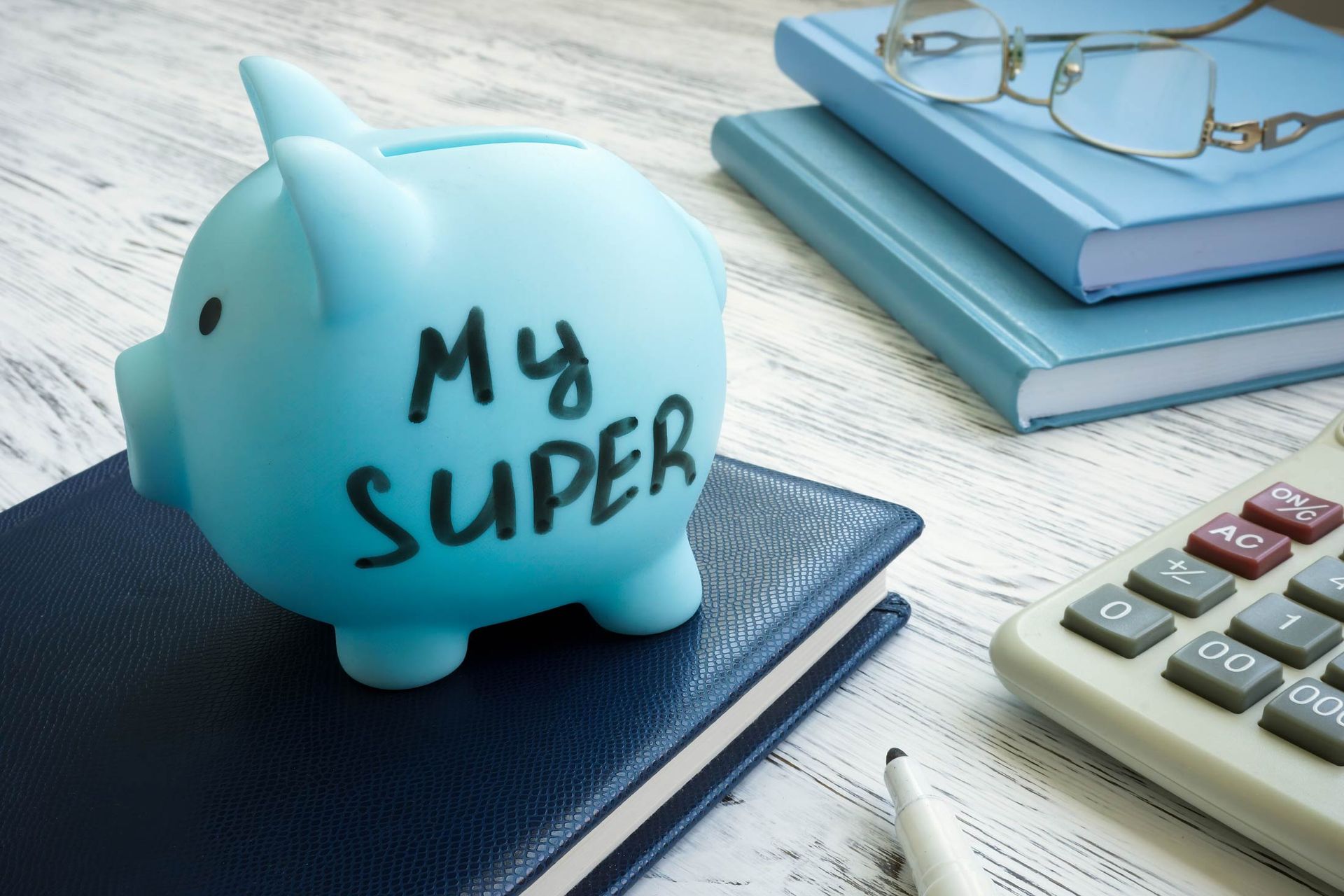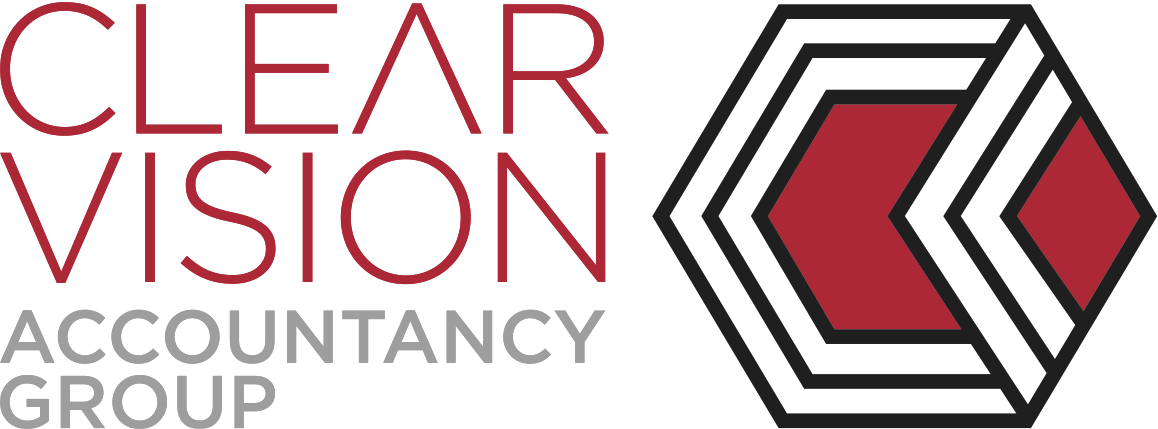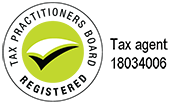Business by Design
Nobody would consider starting to build a house or a bridge without first working out the design – thinking about how it will look, what it will be made of, how it will all fit together. So why do so many of us run our businesses without any thought to design?
The Business by Design is a message I’ve been increasingly reinforcing to my clients in the last 12 months and one you’ll continue to see as an integral part of how Clear Vision works with its clients.
The days of starting a business “to see how it goes” or running a business and “hoping for the best” when it comes to structure, profits and your lifestyle are a thing of the past. The modern business landscape is changing fast and we need to picture and plan for our future, and how our business fits into it, or we’ll all be left behind.
But what does Business by Design mean for Clear Vision and its clients?
For Clear Vision, Business by Design is a representation of how we work with you and what the future of accountancy and business advisory services will look. It’s about working proactively with our clients instead of sitting back and waiting for tax returns and general business questions. It’s about working with our clients to identify personal and business goals then setting out a plan to achieve those goals. We help you answer the questions: “What do I want my business to look like? And how do I achieve that?”
For our clients, Business by Design is about taking charge of your future. It’s about moving past the idea that just working harder and doing more hours will help your business thrive, grow and be profitable. It’s about taking the time to really understand what you want personally, how that shapes what your business needs to look like and then how to achieve that. All with Clear Vision beside you helping get it done.
Whether you’re an existing client of Clear Vision Accountancy Group or not we can work with you and help you build a Business by Design. It also doesn’t matter whether your business is yet to be born, is relatively new or has been around for years – there is always the opportunity to work positively towards how it will look in the future.
The post Business by Design appeared first on Clear Vision Accountancy Group.





